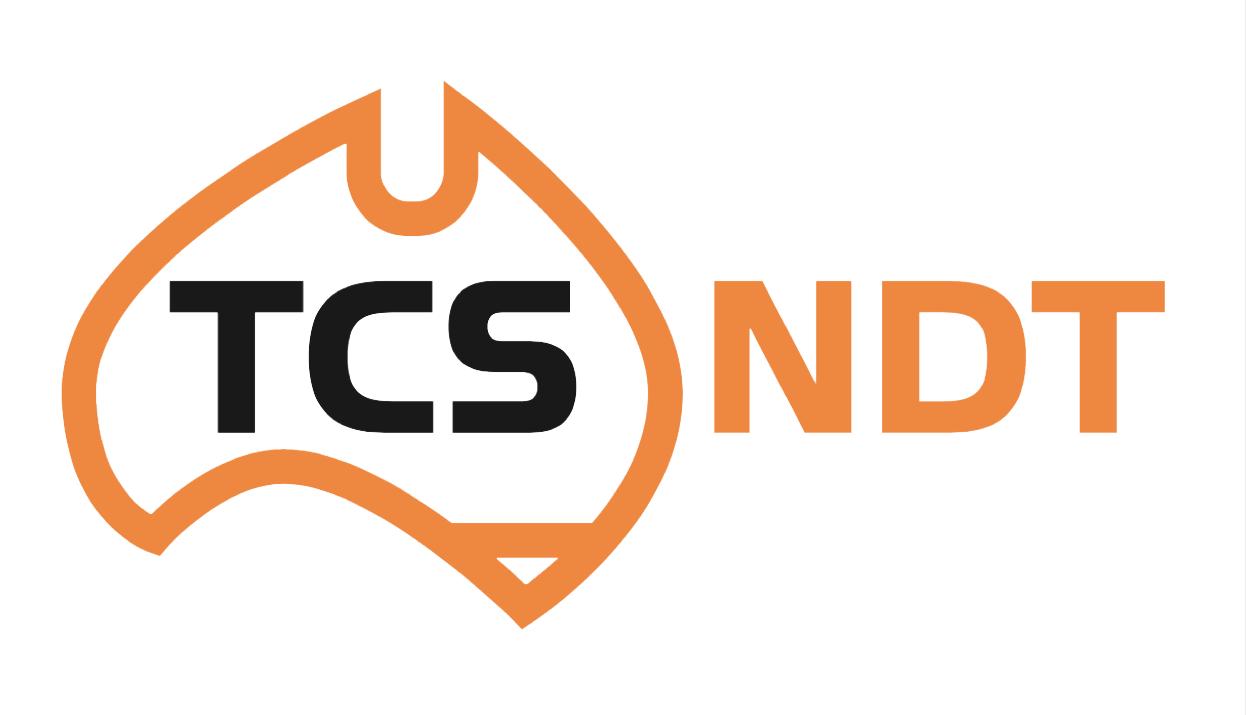The most common technique used in ultrasonic testing is the pulse-echo technique. This makes use of the ultrasound travelling through the component and returning back to the probe. The Ultrasound will travel in a straight line until hitting a reflector. The size and shape of the reflector is critical. When ultrasonic energy hits a reflecting surface, which is flat and perpendicular to the beam the reflected energy is high giving a high amplitude ultrasonic response. The shape of the ultrasonic response will also indicate the nature of the reflecting surface. When ultrasonic energy hits a surface, which is rough the sound is scattered back with most of the sound losing amplitude or strength. This echo dynamic pattern can be described as multi-faceted and low in amplitude.
Depending on the extent and nature of the corrosion the ultrasonic energy may not reflect back from this surface at all. This loss of reflecting energy is one of the main factors in localised corrosion not being located.

